Very few mistresses bother about how to wash the multivark inside of fat, preferring to bypass the standard surface treatment or even using a dishwasher. This leads to rather disastrous consequences: the dishes begin to burn, lose the purity of taste, the device quickly fails.
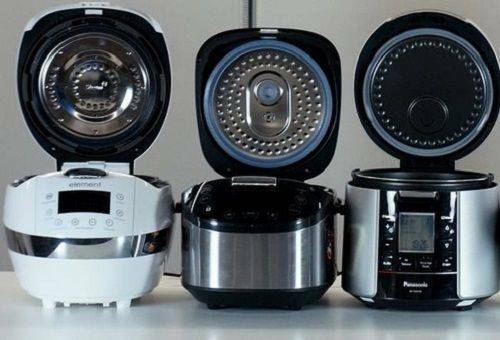
The internal walls of the unit are usually made of Teflon or ceramics, which significantly complicates the process of fat removal. But even from this situation, you can find a way out if you approach the problem with all responsibility. It should not be forgotten that to obtain the desired result, it is necessary to wash not only the walls, but also the heating element, the inner surface of the lid, the compartment for collecting moisture.
Features of cleaning the interior surfaces of the
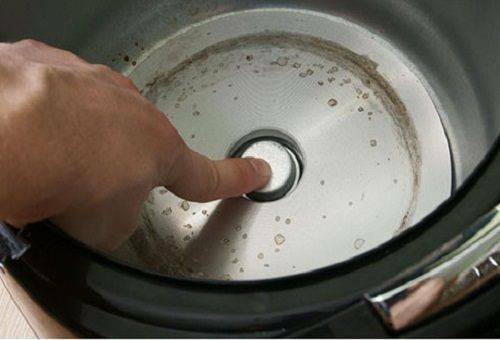
Multivarker Before you clean the multivark with one of the usual means, you need to familiarize yourself with the basic rules of the approach:
- The first time cleaning inside the device should be carried out immediately after its purchase. This requires a soft cloth and warm water. In the presence of extraneous smells, it will be necessary to additionally use neutral detergents.
- The full treatment of the device must be carried out after each use. In this case, you need to wash the traces of fat, not only inside the bowl, but also from the heating element, the lid, the moisture collector.
- The treatment is carried out only after the product has completely cooled down.
- Hard brushes and abrasives are strictly prohibited.
- If the ingredients start to burn during cooking, this may indicate a poor cleaning of the bottom and walls or a violation of the integrity of the non-stick layer. In this case, you need to wash the multivark inside with special care and apply for repairs, if the manipulation did not give the desired changes.
- Drying the product is just as important as cleaning it thoroughly. The device must not be closed and cleaned until it is possible to get rid of the slightest trace of moisture. Otherwise, the mold inside the multivark will have mold.
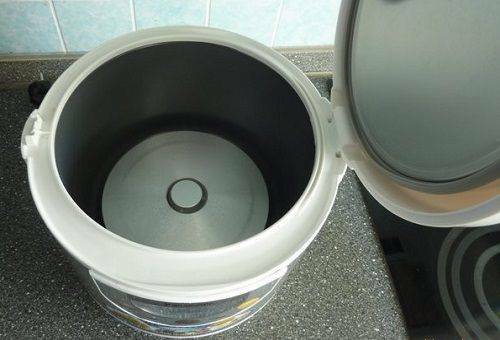
These are only basic recommendations for operating a household appliance. In addition to them, there are many more nuances and specific features.
Rules and nuances for processing internal parts and parts of the
The cleaning procedure for the cooking appliance begins with the operation of the bowl. Here everything depends on the material of the element coating.
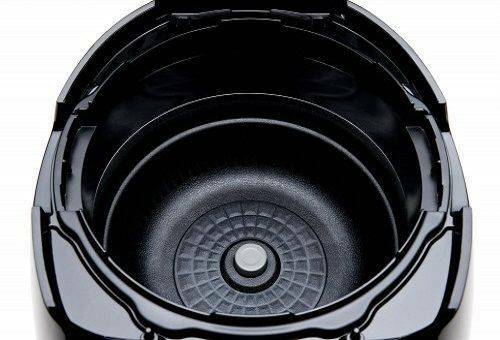
To quickly, efficiently and without damage to the device wash the Teflon bowl, the following rules must be observed:
- The appearance of scratches is not permissible, so it is best to use neutral gels and soft wipes.
- A dishwasher can be used, but only if it is specified in the instructions.
- Teflon does not tolerate temperature changes, so do not immediately treat the product or rinse it with cold water.
Tip: The elements of the multivarket will cool at times faster, if immediately after cooking, disassemble the appliance. At the same time it is strictly forbidden to expose the parts to frost or to place them in the refrigerator, regardless of the type of material.
- During rinsing the bowl, it is recommended to add a little lemon juice to the water. This will refresh the product and get rid of obsessive odors that remain after cooking.

You can clean the ceramics only with the following nuances:
- You can only wash the multiwool with a ceramic cup by hand. Any external impact can lead to the formation of cracks and chips, which will mean the end of normal operation.
- In the process of cleaning you will have to give up acids and alkalis. Machining involves the use of soft sponges without metal threads and inserts.
- Contrary to popular belief, it is strictly forbidden to handle such a multi-brew soda inside. It is acceptable to use only gels that do not damage the protective film on the coating. In the presence of serious contaminants, the bowl should be soaked in such a composition, but not to produce more aggressive manipulations.
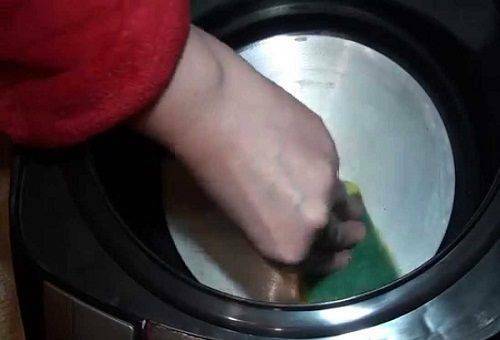
In order to clean other components that are inside the multivark, it is necessary to be guided by the following wishes of professionals:
- To clean the heating element with proper use of the device, it is sufficient to use a cloth soaked in detergent solution. But first you need to remove even the smallest pieces of food, they can scratch the functional part.
- The dirt adhering to the heater is allowed to be affected by the soda composition, but care must be taken not to get on the more abrasive-sensitive materials. We moisten the heater, pour the soda onto a soft sponge and quickly wipe away the dirt. After that, we wash the working surface with clean water.
- Covers in most models are removed, which allows you to easily wash them in a suitable solution. If the element is fixed, then it is necessary to use the "field" method. In the bowl of the collected product we pour water, add lemon juice into it and start it in the "steamer" mode. After that, any dirt can easily move away from the lid.
- The water trap must be removed immediately after the cooking process has been completed and emptied. Otherwise it will continue to act as a ferry for internal elements. Wash it simply, under running water or in a neutral solution.

The case of the multivarker does not need to be cleaned at all. If there are stains on it, it indicates inaccuracy in the cooking or violation of cooking rules.
When cleaning a functional device, do not forget that it works from the network. Before starting any manipulation, it must be disconnected, otherwise the risk of accidents is high. For the further use of the device it is possible to proceed only after it has been thoroughly washed and dried. It is strictly prohibited to immediately drive the product on the second circle, even if it is planned to cook exactly the same dish.



